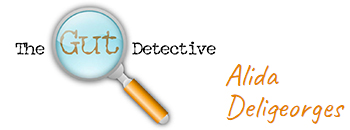High And Low Blood Sugar Symptoms
Knowing and understanding the symptoms of high and low blood sugar should be essential for both diabetics and their friends and families.
Testing your blood sugar levels regularly and making any corrections, helps to avoid serious problems and medical emergencies.
Symptoms of high blood sugar
Hyperglycaemia (high blood sugar), is common amongst diabetics. It occurs when a diabetic person eats too much food, and has too little insulin to regulate their blood sugar. Sometimes stress can cause diabetes.
Short-term symptoms of high blood sugar include:
- excessive thirst
- excessive urination
- increased urination at night
- blurry vision
- drowsiness
- nausea
- sores that won’t heal
- fatigue

Untreated and chronic hyperglycaemia can cause serious complications. These include:
- nerve damage
- kidney damage
- kidney failure
- cardiovascular disease
- eye disease (retinopathy)
- foot problems caused by damaged nerves and poor blood flow
- skin problems, such as bacterial and fungal infections
Symptoms of low blood sugar
Hypoglycaemia (low blood sugar or “hypo”), can be caused by the following:
- Too much insulin or other glucose lowering diabetes tablets
- Delaying or missing a meal
- Not eating enough carbohydrate
- Unplanned physical activity
- More strenuous exercise than usual
- Drinking alcohol
Symptoms of low blood sugar vary from person to person. Early and sudden signs and symptoms may include:
- Shaking, trembling or weakness
- Sweating
- Paleness
- Hunger
- Light headedness
- Headache
- Dizziness
- Pins and needles around mouth
- skin tingling
- Mood change and anxiety
- blurry vision
- rapid heartbeat
- sudden nervousness and irritability
- unexplained fatigue and weakness
If the blood sugar continues to drop, later and more serious signs and symptoms may include:
- Lack of concentration
- Behaviour change (e.g. anger)
- Confusion
- Slurred speech
- Not able to treat themselves
- Not able to drink or swallow
- Not able to follow instructions
- Loss of consciousness
- seizures
- coma
